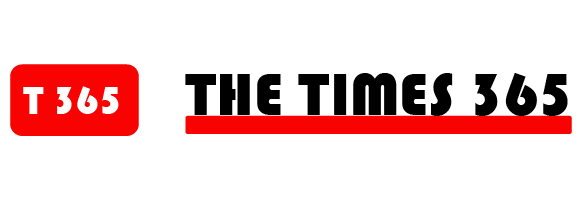Investing.com – The community has been buzzing about a new vision, introduced by co-founder Rob Habermeier, called the “Polkadot Plaza.”
The concept focuses on streamlining access to Polkadot’s ecosystem, introducing several new protocol updates to make building and launching applications on the platform easier than ever.
Joe Petrowski, Polkadot Runtime Lead at Parity Technologies, shared a breakdown of these plans, which, although independent, align under the goal of making Polkadot more accessible.
Polkadot is known for its sharded, decentralized system, designed to support high-demand projects requiring dedicated throughput. However, starting on the platform has historically been challenging for smaller startups and developers just looking to test the waters.
Parachains—basically the Polkadot equivalent of rollups—are a great fit for mature businesses with long-term scalability needs, but the cost and resource requirements have often deterred early-stage projects.
That said, Polkadot’s prior model was a hurdle for those in the experimental phase. Parachain auctions, for example, left many founders uncertain if they could even launch due to limited core availability and unpredictable auction outcomes. This setup pushed some projects to competitors, leading to less activity on Polkadot than on other networks.
“At an early stage, most projects value a fast time-to-market over scale. Even for later stage projects, many are still experimenting with blockchain tech stacks. With parachain development costs, Polkadot did not offer a compelling entry point,” said Petrowski.
Polkadot’s unique structure also created a complex integration process. Developers who wanted to interact with Polkadot had to monitor various parachains, custom events, and cross-chain messages, which wasn’t a straightforward task. The costs, including hefty deposits for using features like proxy accounts and multisig, added further complexity.
Despite the challenges, Polkadot has continued to fine-tune its parachain infrastructure, now featuring Agile Coretime to allow projects a more predictable launch path without the need for auctions. Parity’s core team has also rolled out new technologies like Async Backing and Elastic (NYSE:) Scaling to deliver faster block times and simultaneous core access.
Parity is making a bold move by bringing compatibility to Polkadot, which makes onboarding easier by allowing developers to use familiar Ethereum tools and standards. This update also simplifies integrations, like Circle’s Cross-Chain Transfer Protocol (CCTP).
With the launch of PolkaVM, Polkadot now offers faster performance and Solidity support, which allows developers to bring over existing Ethereum contracts and build within Polkadot’s ecosystem.
Parity is also focusing on protocol consolidation, making it more affordable to set up features like proxy accounts and multisigs. Rather than isolating functionalities across multiple parachains, Polkadot will move to a single point of integration to reduce fees and deposits.
Developers and application builders will benefit from more stable APIs, minimizing issues caused by frequent storage format changes and eliminating the need for low-level knowledge of chain architecture.
Petrowski also revealed that Parity plans to introduce more accurate metrics, such as transaction speeds, finality times, and reliability across the entire network.






